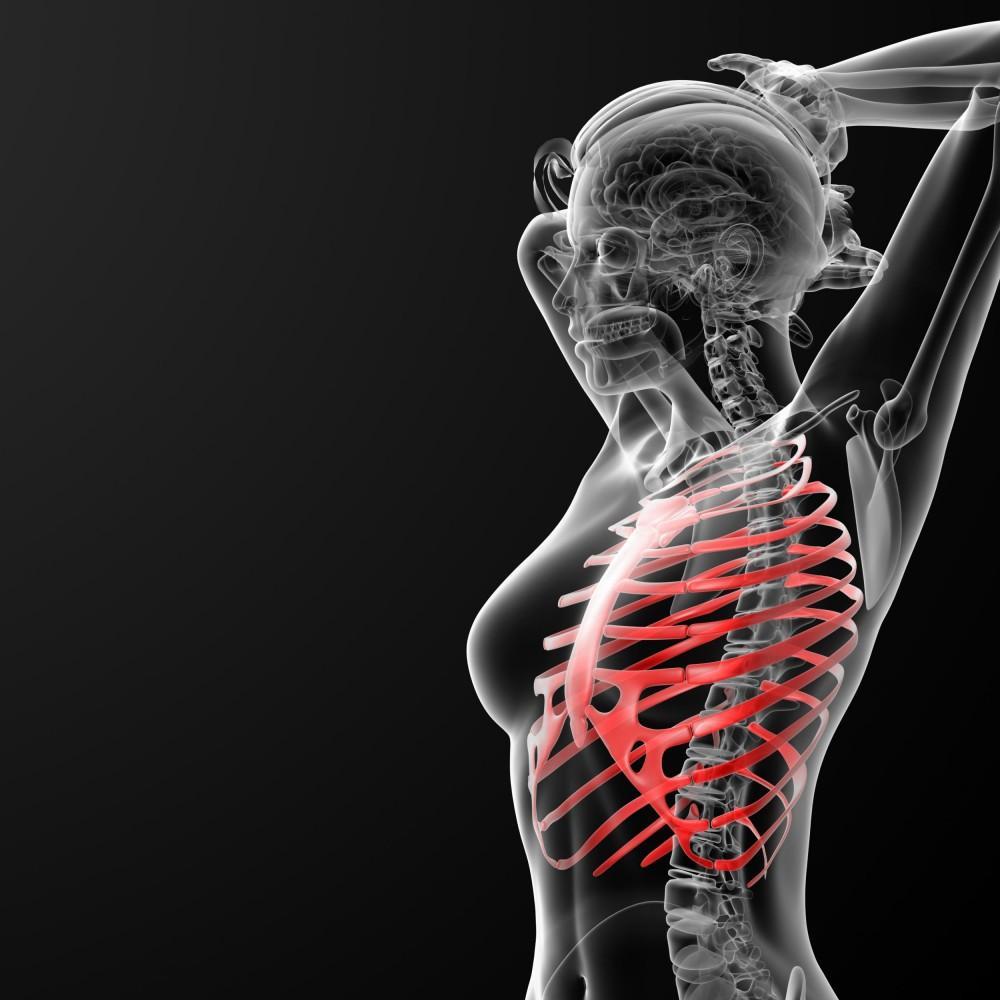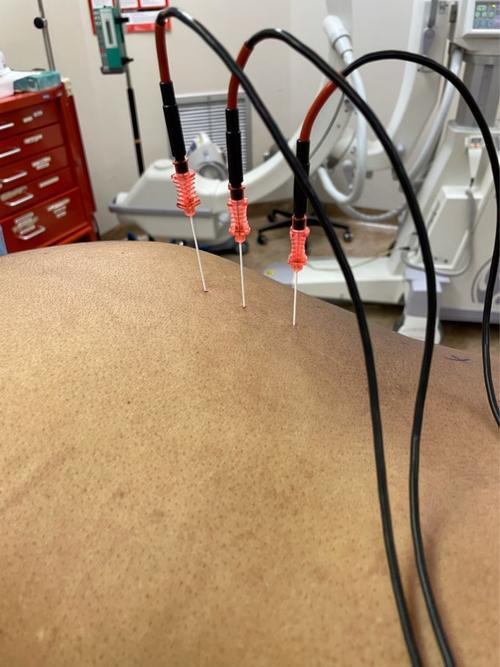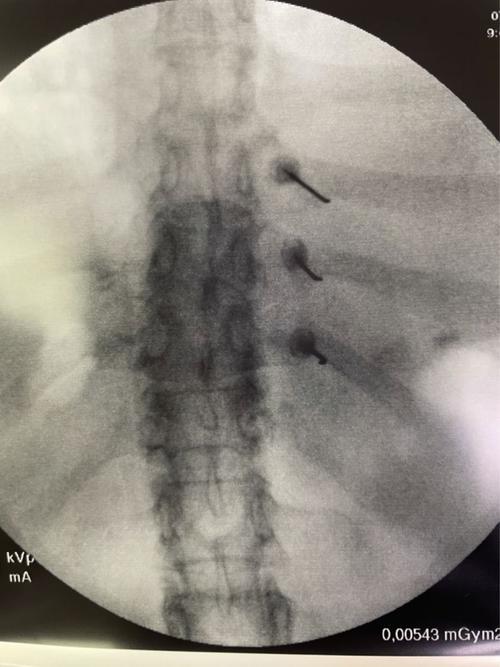
What makes our providers at Louisiana Pain Specialists so unique is that they are willing to often dig deeper in the treatment toolbox to address our patients’ pain when other traditional therapies have failed. While post-herpetic neuralgia pain is common, the providers at Louisiana Pain Specialists utilize unique therapies including intercostal nerve blocks and radiofrequency ablation to treat this condition when other first or second line treatment options have failed.
What is Shingles and Post-Herpetic Neuralgia?
Shingles is a common viral infection that causes a painful rash. Although shingles can occur anywhere on your body, it most often appears as a single stripe of blisters that wraps around either the left or the right side of your tors.Shingles is caused by the varicella-zoster virus — the same virus that causes chickenpox. After you’ve had chickenpox, the virus lies inactive in nerve tissue near your spinal cord and brain. Years later, the virus may reactivate as shingles.
Shingles is not a life-threatening condition, but it can be very painful. While vaccines can help reduce the risk of shingles, early treatment can help shorten a shingles infection and lessen the chance of complications. For most people, the symptoms of shingles typically fade away along with the rash that may have formed on the body. For some patients, pain persists long after their skin has cleared, which is also known as post-herpetic neuralgia. Post-herpetic neuralgia is the most common complication of shingles as this condition will occur in 20% of people over 50. This condition affects nerve fibers and skin, causing burning pain that lasts long after the rash and shingles have disappeared. It is characterized by a constant, severe burning pain in the distribution of the affected nerve in the region of the rash. As PHN progresses, patients will describe extreme pain to typically non-painful stimuli, known as allodynia. Even the slightest pressure from clothing, bed sheets, or a light breeze can inflict paralyzing pain.
A Unique Approach

When first and second line treatment options for post-herpetic neuralgia fail, including topical or oral medications, the providers at Louisiana Pain Specialists may be able to perform interventional procedure called an intercostal nerve block and intercostal radiofrequency ablation. If the nerve block provides pain relief, intercostal radiofrequency ablation may be considered for even longer-lasting pain relief.

An intercostal nerve block is an injection of a steroid or other medication around the intercostal nerves that are located under each rib. Typically performed under ultrasound guidance, your physician will insert a small needle along the course of the intercostal nerve in the path of the shingles rash, which may provide significant pain relief.
During intercostal radiofrequency ablation, radio waves are applied to the nerves using a special needle which heats up. This needle “burns” the nerves going to the areas of pain, which interrupts the pain sensations originating from the nerves. Typically pain relief from this procedure lasts at least 6 months.
If you or a loved one is suffering from post-herpetic neuralgia, contact Louisiana Pain Specialists to discuss all your treatment options. Let us use the most cutting-edge, evidence-based approaches to treat your chronic pain.
